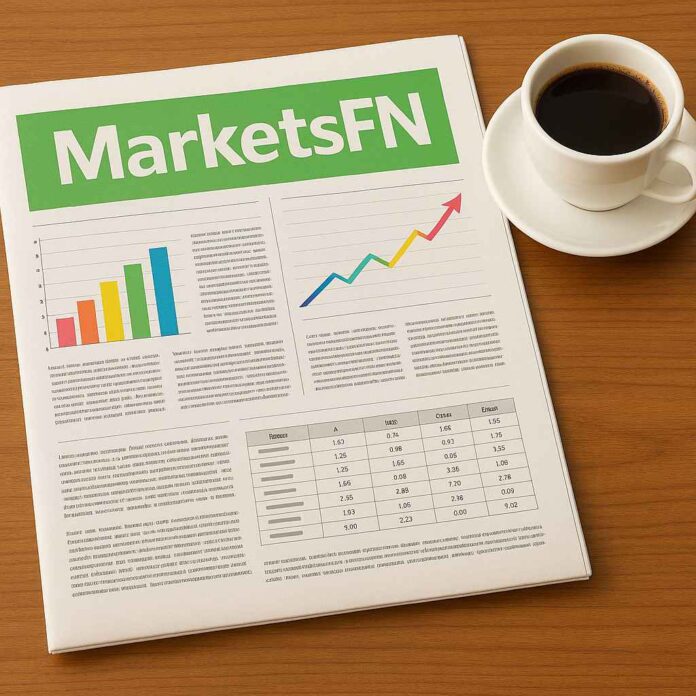The Commodity Futures Trading Commission (CFTC) has formally withdrawn its Guidance Regarding the Listing of Voluntary Carbon Credit (VCC) Derivative Contracts, marking a significant shift in how the regulator intends to oversee one of the fastest-growing corners of environmental finance.
The CFTC explained that Section 5c of the Commodity Exchange Act (CEA) and its Parts 38 and 40 regulations already provide the necessary framework for listing derivative contracts. In its view, the standalone guidance had placed “a disproportionate focus on VCC derivative contracts,” risking confusion and inconsistencies in applying the broader, well-established product listing framework.
What the Withdrawal Means
The move suggests the CFTC wants to treat voluntary carbon derivatives the same way as other commodity-linked derivatives, rather than under a bespoke regime. This is notable for several reasons:
- Mainstreaming Carbon Markets
By integrating VCC derivatives into the standard framework, the CFTC signals that carbon credits should be seen as commodities like any other. Exchanges listing these contracts must meet the same compliance obligations as they would for oil, metals, or agricultural products. - Reducing Regulatory Overhang
The earlier guidance, while intended to promote clarity, may have implied extra scrutiny or bespoke standards for carbon contracts. This withdrawal removes that perception, easing the way for exchanges to innovate in voluntary carbon trading. - Market Confidence vs. Oversight Risks
On one hand, aligning VCC derivatives with the mainstream framework could boost confidence among exchanges and market participants that these instruments will be treated predictably. On the other, critics may argue that voluntary carbon markets—plagued by questions over credit quality, double counting, and transparency—still warrant special guardrails.
Regulatory Context
The CFTC has been positioning itself as a key U.S. regulator in carbon and environmental markets. Since 2021, the Commission has convened public discussions and advisory groups on climate risk, signaling interest in how derivatives could support carbon price discovery and hedging.
The withdrawal therefore reflects a balancing act: ensuring carbon markets are not stigmatized by “special treatment,” while also reaffirming that the existing framework is robust enough to handle novel products like VCC derivatives.
Interpretation: Why Now?
Several factors help explain the timing:
- Global Momentum in Carbon Markets: With the EU ETS expanding, China’s carbon market maturing, and U.S. exchanges launching voluntary carbon products, the CFTC may want to avoid slowing domestic innovation through overly prescriptive guidance.
- Industry Pushback: Market participants likely argued that bespoke guidance introduced unnecessary compliance uncertainty, making it harder to scale VCC derivatives.
- Regulatory Coherence: The CFTC appears determined to avoid siloed regulatory approaches. By applying the general listing rules, it maintains consistency across asset classes.
Implications for Market Participants
- Exchanges: CME and other platforms interested in carbon derivatives gain more regulatory certainty. They can pursue listings under the standard process without the shadow of additional “carbon-only” scrutiny.
- Traders and Investors: Greater confidence that VCC derivatives will be regulated on par with other commodities could attract institutional players who demand regulatory clarity.
- Carbon Market Integrity: Without additional bespoke oversight, the onus shifts to exchanges to ensure contract design addresses core concerns: credit quality, delivery standards, and environmental integrity.
The Bigger Picture
For the CFTC, this move is about normalization, not deregulation. By removing special guidance, the Commission is signaling that carbon derivatives have matured enough to sit within the same framework that governs energy, metals, and agricultural products.
The real challenge now lies beyond regulation: ensuring the underlying voluntary carbon credits have integrity, transparency, and verifiable impact. The derivatives may trade smoothly under the CFTC’s framework, but if the credits themselves remain of uneven quality, markets could face reputational risks.





